What are the methods of card personalization
Card personalization is the process of customizing payment cards (credit cards, debit cards, prepaid cards, etc.) to make them unique to each cardholder. This process enhances the card’s security and provides a personalized experience using various methods and technologies. Card personalization improves both the functionality and aesthetic appearance of the card, enhancing ease of use and providing secure payment options.
The importance of card personalization is significant both for security and customer satisfaction. Personalized cards provide higher protection against fraud and securely store the cardholder’s personal information. Additionally, offering customized card designs increases customer loyalty and enhances the brand’s value. Card personalization also provides a competitive advantage for banks and financial institutions by allowing them to offer better services.
Printing Card Numbers and Holder Information
The most fundamental method of card personalization involves printing information such as the card number, cardholder’s name, and expiration date onto the card. This information is typically applied using embossing or thermal printing methods.
- Embossing: This method prints the information on the card in a raised format, making it easy to read at physical POS terminals. Embossing is durable and long-lasting, making it commonly used. This method ensures that the card is physically sturdier and reduces the risk of information wear and tear.
- Thermal Printing: This method prints on cards with a flat surface. It is faster and more cost-effective but less durable compared to embossing.
Accurate and secure printing of card numbers and holder information prevents security issues during card use and allows for smooth payment transactions.
Magnetic Stripe Personalization
Magnetic stripe personalization involves storing cardholder information on the magnetic stripe located on the back of the payment card. Magnetic stripes are thin strips that use magnetic fields to store data and communicate with devices that can read this data. This technology has been widely used in payment cards for many years and enables fast and secure payment processing.
- Track 1: Stores alphanumeric data, including the cardholder’s name, card number, and expiration date.
- Track 2: Stores numeric data, including the card number and expiration date.
- Track 3: Less commonly used and typically reserved for additional data.
In the magnetic stripe personalization process, specialized devices write cardholder data onto the magnetic stripe. This process requires high precision and security. The stripe is encoded using a magnetic field, allowing data to be stored magnetically. Advantages of magnetic stripe personalization include fast processing times and low cost. However, magnetic stripes offer less protection against fraud and can be damaged by magnetic fields or physical wear, so their security level is not as high as chip technologies (EMV chip).
Chip Personalization (EMV Chip)
Chip personalization is an advanced technology used to enhance the security of payment cards. EMV chips offer higher security compared to magnetic stripes and provide better protection against fraud. EMV chip technology uses microprocessor chips embedded in the card to perform data encryption and authentication, thereby maximizing the security of the cardholder’s information.
The chip personalization process begins with writing and encrypting cardholder information onto the chip. A unique encryption key is created for each card, and the cardholder’s data is encrypted using this key. EMV chips communicate with payment terminals and ATMs to authenticate the cardholder’s identity and ensure secure payment processing. Advantages of chip personalization include:
- High Security: EMV chips provide stronger protection against fraud compared to magnetic stripes. Encryption and dynamic authentication processes offer robust security.
- Wide Application: EMV chips have become a global standard and are compatible with many payment terminals worldwide.
- Multi-functionality: EMV chips can be used for various applications beyond payments, including logistics, identity verification, and access control.
The chip personalization process also enhances the card’s durability and lifespan. Chip cards are more resistant to physical wear and have a longer lifespan compared to magnetic stripe cards.
PIN Personalization
PIN (Personal Identification Number) is a personal identification number used by the cardholder to verify their identity during payment transactions. PIN personalization involves assigning a unique PIN to each cardholder and securely writing this PIN onto the card’s chip or magnetic stripe. PINs are used primarily for ATM transactions and some POS terminals to ensure security.
The PIN personalization process begins with creating a unique PIN for the cardholder, typically consisting of 4 to 6 digits. The PIN is encrypted and written onto the card’s chip or magnetic stripe, known only to the cardholder.
Advantages of PIN personalization include:
- Increased Security: A PIN provides an additional layer of security by verifying the cardholder’s identity. In the event of card theft, the thief cannot use the card without knowing the PIN.
- Convenience: PINs enable cardholders to complete transactions quickly and easily, especially in ATM operations.
- Various Applications: PINs are used not only for payment transactions but also for access control and identity verification in different security-sensitive areas.
PIN personalization is typically done when the card is issued or before its first use. Cardholders can create or change their PIN using secure methods provided by banks or financial institutions. Ensuring that the PIN is known only to the cardholder is a fundamental security principle.
Visual and Design Personalization
Visual and design personalization involves customizing the physical appearance and aesthetics of the card to make it unique to the cardholder. This method includes designing the card’s appearance, colors, graphics, and even adding the cardholder’s photo. Visual personalization allows cardholders to have a unique card and generally increases customer satisfaction.
- Personal Photos and Patterns: Cardholders can add their own photos or favorite patterns to their cards. This makes the card more personal and unique. Banks and financial institutions often provide the option to upload photos or choose patterns during the card application process. This feature is particularly popular among younger generations and turns the card into an accessory.
- Color and Design Options: Cardholders can also customize the color and overall design of their cards. They can choose from various color options, graphic designs, and special themes, enhancing the card’s aesthetic appeal and reflecting the cardholder’s personal style. For example, sports teams, art, or nature themes can be used.
- Corporate and Brand Designs: Some cards are designed in collaboration with specific brands or institutions. These cards offer brand loyalty programs or corporate benefits. Corporate designs are ideal for companies wishing to provide employees or members with personalized cards. These cards can be customized with the company’s logo and colors.
- Special Printing Techniques: Various printing techniques can be used to enhance the visual appeal of the card. Special techniques like holograms, metallic lettering, glossy finishes, and textured surfaces make the card more eye-catching. These techniques enhance both the aesthetic and security features of the card.
Visual and design personalization increases customer loyalty. Cardholders enjoy having a unique and personalized card, and prestigious card designs reflect the cardholder’s social status. Special designs and limited edition cards serve as symbols of prestige and exclusivity for cardholders.
Contactless Features (NFC and RFID)
Contactless payment technologies are modern and advanced technologies in card personalization. These technologies allow users to make payments by simply tapping or bringing their cards close to a reader. Contactless features include NFC (Near Field Communication) and RFID (Radio Frequency Identification) technologies, making payment processes faster, secure, and convenient.
- NFC: Near Field Communication is a short-range wireless communication technology. NFC-enabled cards complete payment transactions when held close to POS terminals. This technology allows for quick transactions and eliminates the need to enter a PIN for small payments. NFC is commonly used for low-value transactions and enhances the user experience.
- RFID: Radio Frequency Identification uses radio waves for data transmission. RFID-enabled cards communicate with payment terminals via radio waves. RFID is also used in access control systems and logistics, among other areas. RFID enhances the security and speed of contactless payment cards.
Personalizing Contactless Cards
Integrating contactless features into cards is an important part of the card personalization process. In this process, an NFC or RFID chip is embedded into the card and programmed with the cardholder’s information. The chip is connected to an antenna in the card, facilitating communication with POS terminals.
Contactless payment cards offer various security advantages. NFC and RFID technologies use dynamic encryption to secure payment transactions. Additionally, because contactless cards do not physically insert into POS terminals, the risk of wear and tear on the magnetic stripe or chip is reduced, extending the card’s lifespan.
NFC and RFID technologies are not limited to payment transactions; they are also used in transit cards, access control systems, and identity verification. This multi-functionality allows cardholders to benefit from multiple services with a single card.
Card personalization methods consist of various technologies that enhance the security, ease of use, and customer satisfaction of payment cards. Methods such as printing card numbers and holder information, magnetic stripe and chip personalization, PIN and visual design options make cards unique to individuals. Contactless features (NFC and RFID) and biometric personalization ensure that cards are modern and highly secure.

